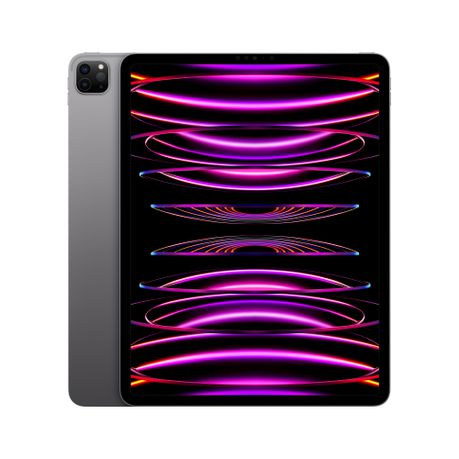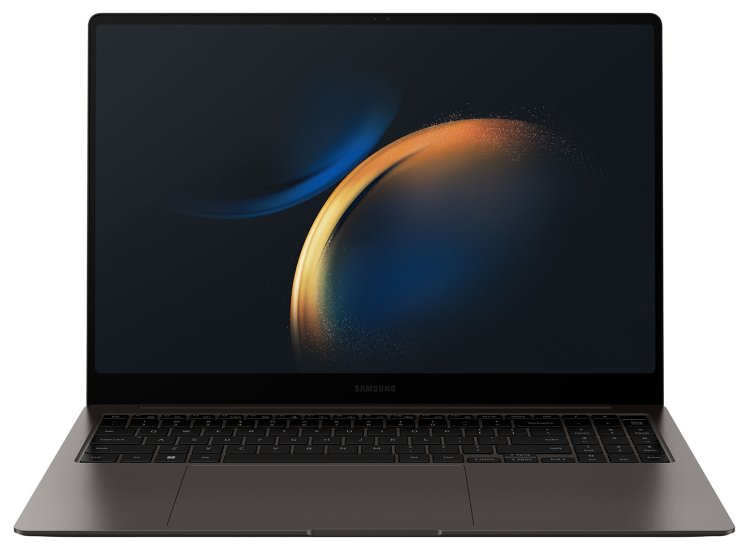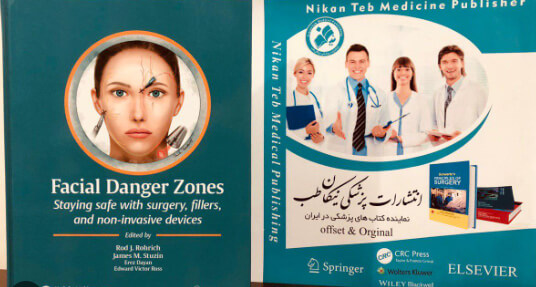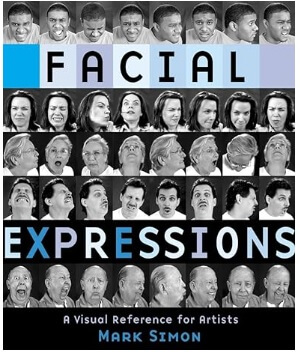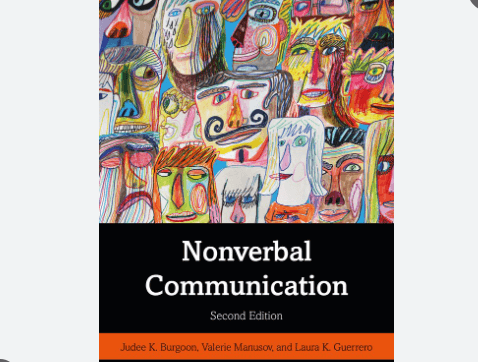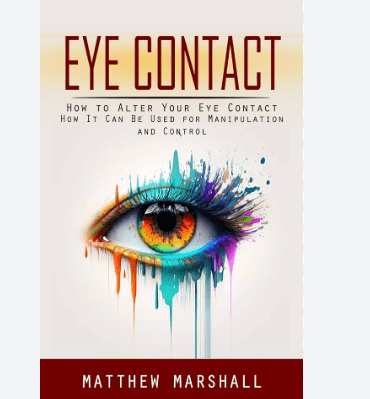Adjective Compounds

- Article graphics | Credit Langster
Examples of Adjective Compounds
English has a large number of adjective compounds, which function as adjectivesOpens in new window.
A number of these compounds combine an adjective and a word from any of various parts of speech, as exemplified below.
- grayish-blue → adjective + adjective
- big-name → adjective + noun
- street-smart → noun + adjective
Adjective compounds are also formed with past participlesOpens in new window (clean-shaven) and present participle (best-selling).
The process of compounding two nouns (glass-bottom) and a noun + participle (world-renowned, community-planning) is highly productive and is used particularly in fiction and in news reports.
All of these adjective compounds function as attributive adjectives, as illustrated in the following examples.
- He was driving a grayish-blue foreign sports car.
- There were a number of big-name Hollywood producers at the party.
- Mr. Stenson turned out to be a clean-shaven young man dressed in a white flannel suit.
- They went for a short ride in a glass-bottom boat to a coral reef, where they saw differently colored coral and thousands of multicolored fish.
- He is a world-renowned physicist.
Some of these adjective compounds are attributive-only adjectives, although others can also be used predicatively, in which case they are written as two words.
The sentences in 1) exemplify the two types; only the compounds in 1a) and 1d) can be used predicatively.
- His foreign sports car is grayish blue.
- *The Hollywood producers were big name.
- *That boat is glass bottom.
- The physicist is world renowned.








